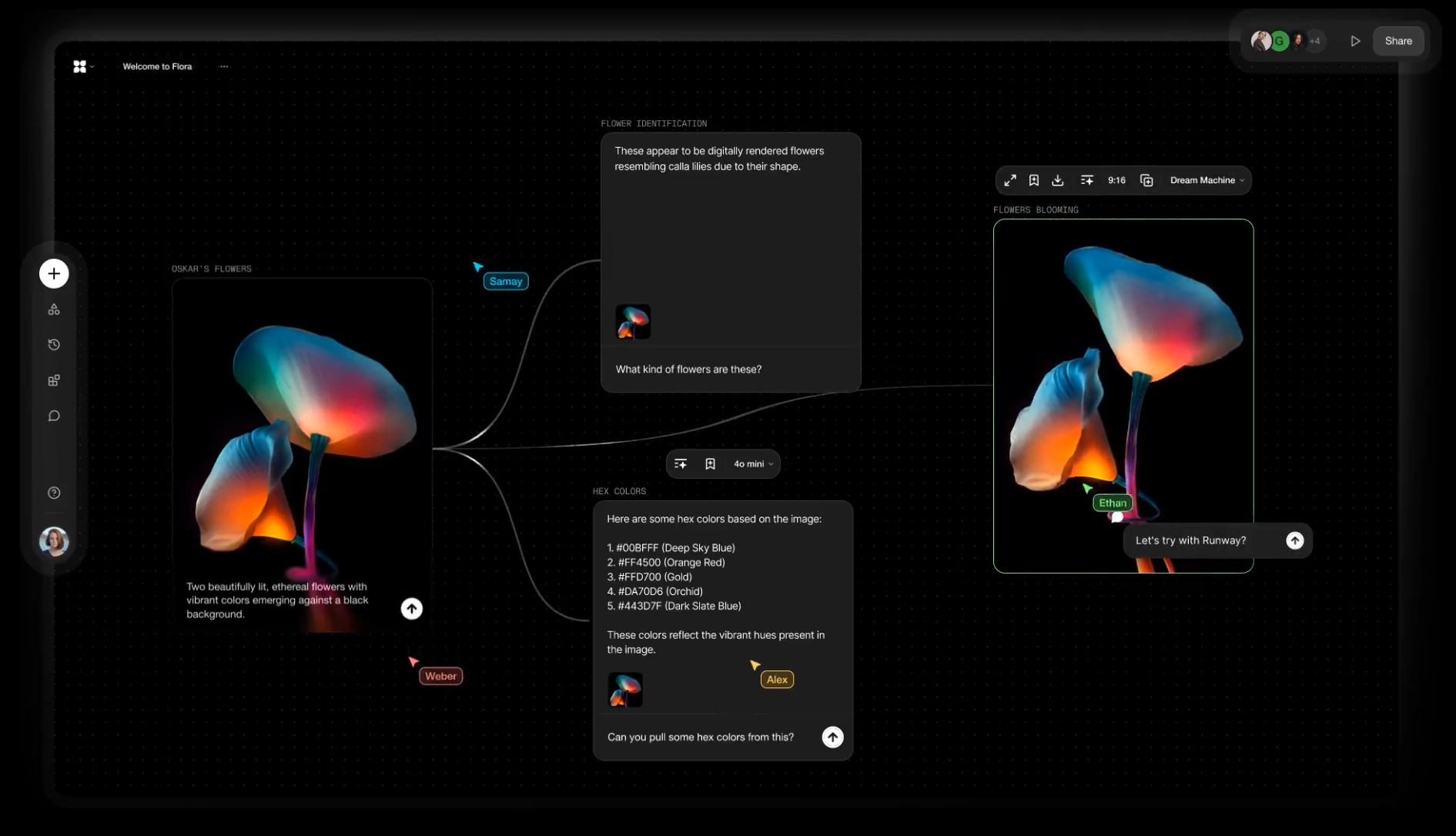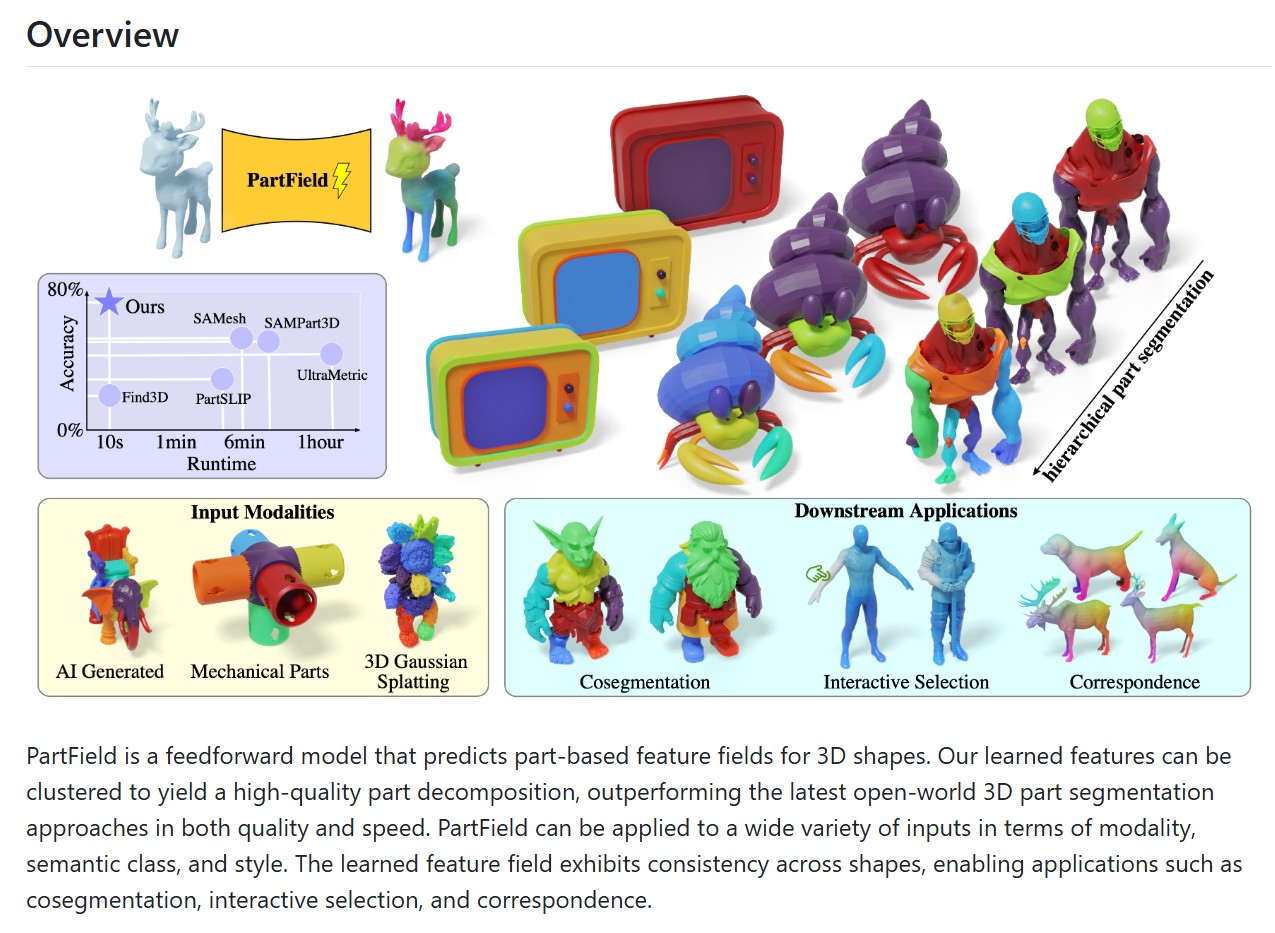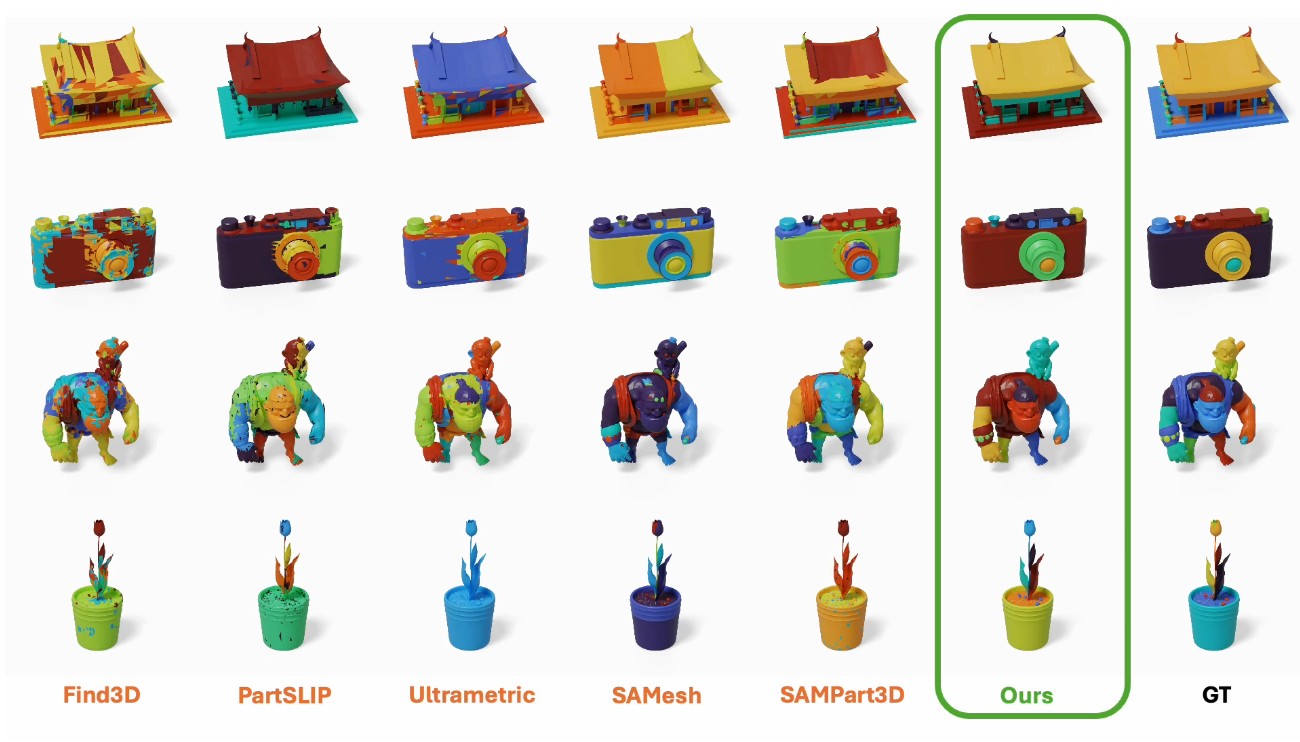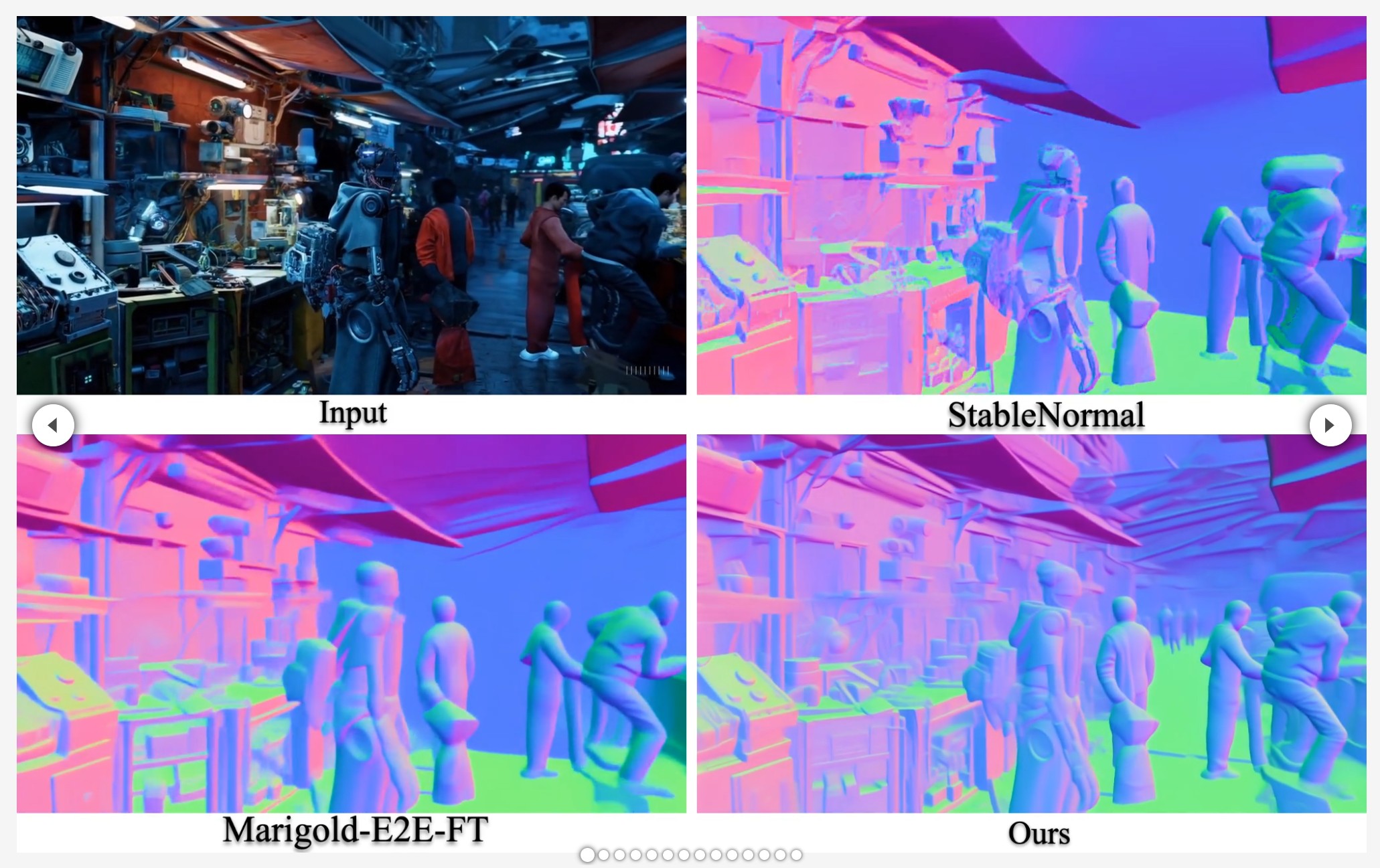BREAKING NEWS
LATEST POSTS
-
Alibaba FloraFauna.ai – AI Collaboration canvas
-
Runway introduces Gen-4 – Generate consistent elements by controlling input elements
https://runwayml.com/research/introducing-runway-gen-4
With Gen-4, you are now able to precisely generate consistent characters, locations and objects across scenes. Simply set your look and feel and the model will maintain coherent world environments while preserving the distinctive style, mood and cinematographic elements of each frame. Then, regenerate those elements from multiple perspectives and positions within your scenes.
𝗛𝗲𝗿𝗲’𝘀 𝘄𝗵𝘆 𝗚𝗲𝗻-𝟰 𝗰𝗵𝗮𝗻𝗴𝗲𝘀 𝗲𝘃𝗲𝗿𝘆𝘁𝗵𝗶𝗻𝗴:
✨ 𝗨𝗻𝘄𝗮𝘃𝗲𝗿𝗶𝗻𝗴 𝗖𝗵𝗮𝗿𝗮𝗰𝘁𝗲𝗿 𝗖𝗼𝗻𝘀𝗶𝘀𝘁𝗲𝗻𝗰𝘆
• Characters and environments 𝗻𝗼𝘄 𝘀𝘁𝗮𝘆 𝗳𝗹𝗮𝘄𝗹𝗲𝘀𝘀𝗹𝘆 𝗰𝗼𝗻𝘀𝗶𝘀𝘁𝗲𝗻𝘁 across shots—even as lighting shifts or angles pivot—all from one reference image. No more jarring transitions or mismatched details.
✨ 𝗗𝘆𝗻𝗮𝗺𝗶𝗰 𝗠𝘂𝗹𝘁𝗶-𝗔𝗻𝗴𝗹𝗲 𝗠𝗮𝘀𝘁𝗲𝗿𝘆
• Generate cohesive scenes from any perspective without manual tweaks. Gen-4 intuitively 𝗰𝗿𝗮𝗳𝘁𝘀 𝗺𝘂𝗹𝘁𝗶-𝗮𝗻𝗴𝗹𝗲 𝗰𝗼𝘃𝗲𝗿𝗮𝗴𝗲, 𝗮 𝗹𝗲𝗮𝗽 𝗽𝗮𝘀𝘁 𝗲𝗮𝗿𝗹𝗶𝗲𝗿 𝗺𝗼𝗱𝗲𝗹𝘀 that struggled with spatial continuity.
✨ 𝗣𝗵𝘆𝘀𝗶𝗰𝘀 𝗧𝗵𝗮𝘁 𝗙𝗲𝗲𝗹 𝗔𝗹𝗶𝘃𝗲
• Capes ripple, objects collide, and fabrics drape with startling realism. 𝗚𝗲𝗻-𝟰 𝘀𝗶𝗺𝘂𝗹𝗮𝘁𝗲𝘀 𝗿𝗲𝗮𝗹-𝘄𝗼𝗿𝗹𝗱 𝗽𝗵𝘆𝘀𝗶𝗰𝘀, breathing life into scenes that once demanded painstaking manual animation.
✨ 𝗦𝗲𝗮𝗺𝗹𝗲𝘀𝘀 𝗦𝘁𝘂𝗱𝗶𝗼 𝗜𝗻𝘁𝗲𝗴𝗿𝗮𝘁𝗶𝗼𝗻
• Outputs now blend effortlessly with live-action footage or VFX pipelines. 𝗠𝗮𝗷𝗼𝗿 𝘀𝘁𝘂𝗱𝗶𝗼𝘀 𝗮𝗿𝗲 𝗮𝗹𝗿𝗲𝗮𝗱𝘆 𝗮𝗱𝗼𝗽𝘁𝗶𝗻𝗴 𝗚𝗲𝗻-𝟰 𝘁𝗼 𝗽𝗿𝗼𝘁𝗼𝘁𝘆𝗽𝗲 𝘀𝗰𝗲𝗻𝗲𝘀 𝗳𝗮𝘀𝘁𝗲𝗿 and slash production timelines.
• 𝗪𝗵𝘆 𝘁𝗵𝗶𝘀 𝗺𝗮𝘁𝘁𝗲𝗿𝘀: Gen-4 erases the line between AI experiments and professional filmmaking. 𝗗𝗶𝗿𝗲𝗰𝘁𝗼𝗿𝘀 𝗰𝗮𝗻 𝗶𝘁𝗲𝗿𝗮𝘁𝗲 𝗼𝗻 𝗰𝗶𝗻𝗲𝗺𝗮𝘁𝗶𝗰 𝘀𝗲𝗾𝘂𝗲𝗻𝗰𝗲𝘀 𝗶𝗻 𝗱𝗮𝘆𝘀, 𝗻𝗼𝘁 𝗺𝗼𝗻𝘁𝗵𝘀—democratizing access to tools that once required million-dollar budgets. -
Florent Poux – Top 10 Open Source Libraries and Software for 3D Point Cloud Processing
As point cloud processing becomes increasingly important across industries, I wanted to share the most powerful open-source tools I’ve used in my projects:
1️⃣ Open3D (http://www.open3d.org/)
The gold standard for point cloud processing in Python. Incredible visualization capabilities, efficient data structures, and comprehensive geometry processing functions. Perfect for both research and production.
2️⃣ PCL – Point Cloud Library (https://pointclouds.org/)
The C++ powerhouse of point cloud processing. Extensive algorithms for filtering, feature estimation, surface reconstruction, registration, and segmentation. Steep learning curve but unmatched performance.
3️⃣ PyTorch3D (https://pytorch3d.org/)
Facebook’s differentiable 3D library. Seamlessly integrates point cloud operations with deep learning. Essential if you’re building neural networks for 3D data.
4️⃣ PyTorch Geometric (https://lnkd.in/eCutwTuB)
Specializes in graph neural networks for point clouds. Implements cutting-edge architectures like PointNet, PointNet++, and DGCNN with optimized performance.
5️⃣ Kaolin (https://lnkd.in/eyj7QzCR)
NVIDIA’s 3D deep learning library. Offers differentiable renderers and accelerated GPU implementations of common point cloud operations.
6️⃣ CloudCompare (https://lnkd.in/emQtPz4d)
More than just visualization. This desktop application lets you perform complex processing without writing code. Perfect for quick exploration and comparison.
7️⃣ LAStools (https://lnkd.in/eRk5Bx7E)
The industry standard for LiDAR processing. Fast, scalable, and memory-efficient tools specifically designed for massive aerial and terrestrial LiDAR data.
8️⃣ PDAL – Point Data Abstraction Library (https://pdal.io/)
Think of it as “GDAL for point clouds.” Powerful for building processing pipelines and handling various file formats and coordinate transformations.
9️⃣ Open3D-ML (https://lnkd.in/eWnXufgG)
Extends Open3D with machine learning capabilities. Implementations of state-of-the-art 3D deep learning methods with consistent APIs.
🔟 MeshLab (https://www.meshlab.net/)
The Swiss Army knife for mesh processing. While primarily for meshes, its point cloud processing capabilities are excellent for cleanup, simplification, and reconstruction.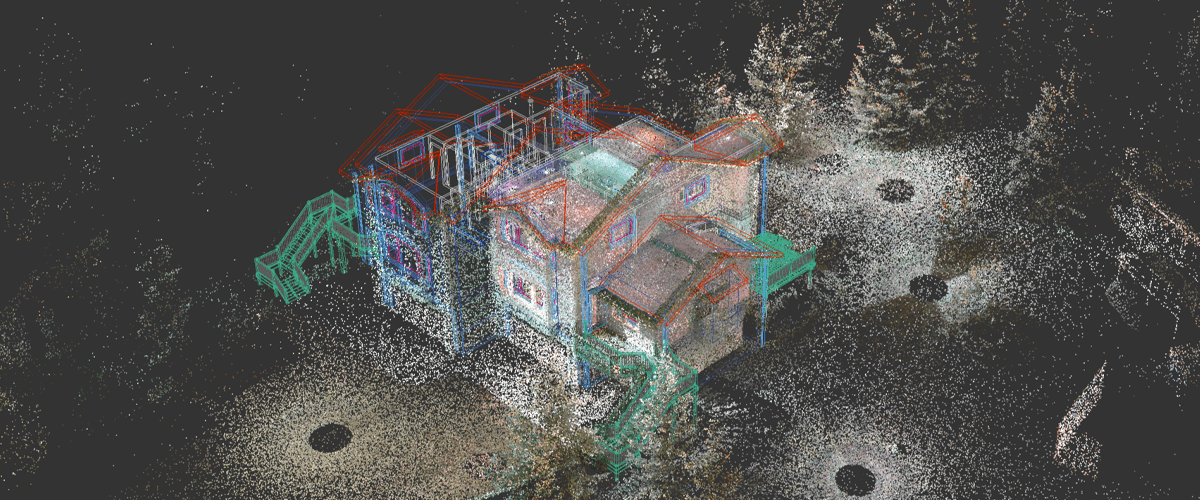
-
Comfy-Org comfy-cli – A Command Line Tool for ComfyUI
https://github.com/Comfy-Org/comfy-cli
comfy-cli is a command line tool that helps users easily install and manage ComfyUI, a powerful open-source machine learning framework. With comfy-cli, you can quickly set up ComfyUI, install packages, and manage custom nodes, all from the convenience of your terminal.
C:\<PATH_TO>\python.exe -m venv C:\comfyUI_cli_install cd C:\comfyUI_env C:\comfyUI_env\Scripts\activate.bat C:\<PATH_TO>\python.exe -m pip install comfy-cli comfy --workspace=C:\comfyUI_env\ComfyUI install # then comfy launch # or comfy launch -- --cpu --listen 0.0.0.0If you are trying to clone a different install, pip freeze it first. Then run those requirements.
# from the original env python.exe -m pip freeze > M:\requirements.txt # under the new venv env pip install -r M:\requirements.txt -
ComfyDeploy – A way for teams to use ComfyUI and power apps
https://www.comfydeploy.com/docs/v2/introduction
1 – Import your workflow
2 – Build a machine configuration to run your workflows on
3 – Download models into your private storage, to be used in your workflows and team.
4 – Run ComfyUI in the cloud to modify and test your workflows on cloud GPUs
5 – Expose workflow inputs with our custom nodes, for API and playground use
6 – Deploy APIs
7 – Let your team use your workflows in playground without using ComfyUI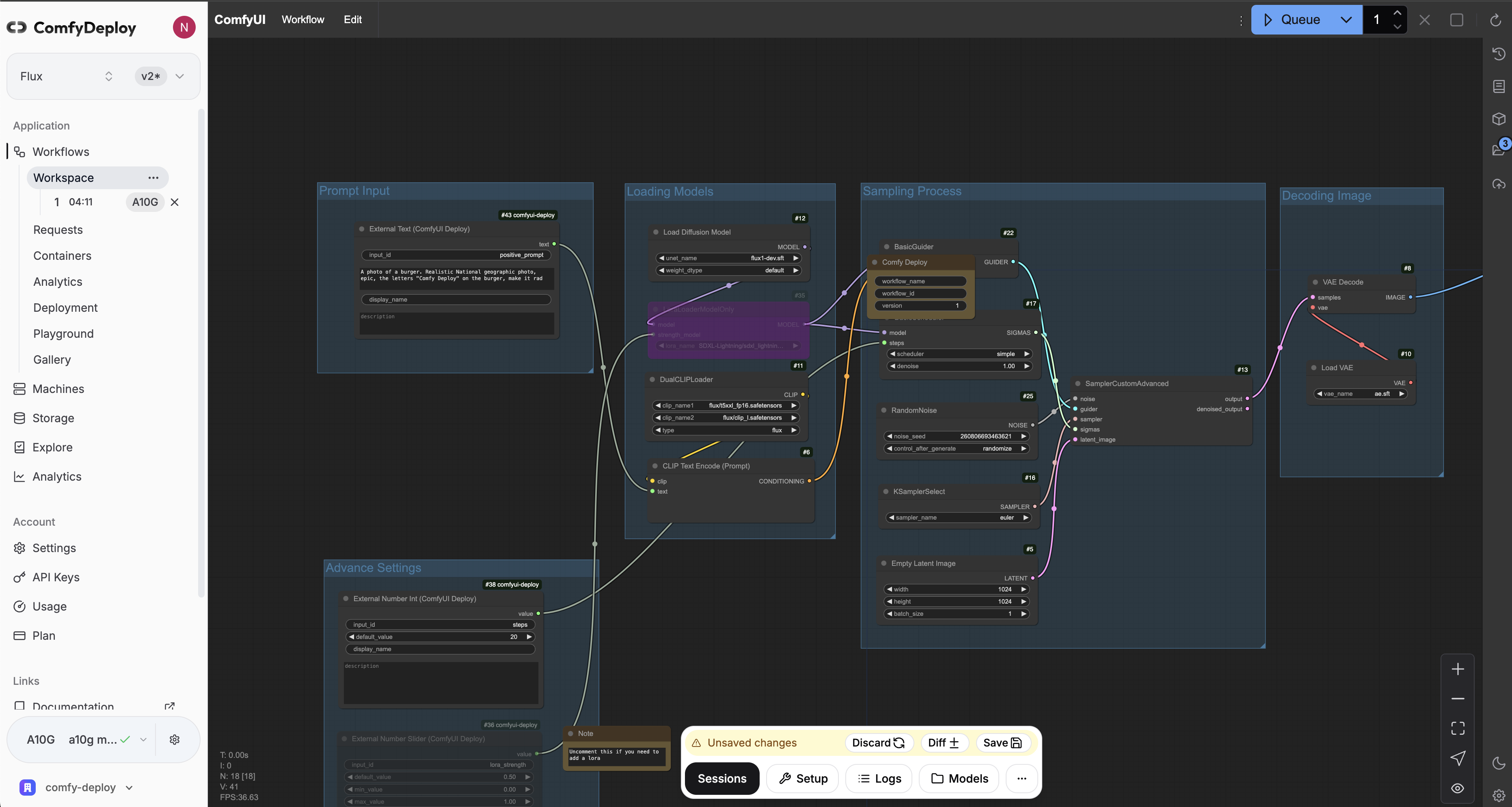
-
Anthropic Economic Index – Insights from Claude 3.7 Sonnet on AI future prediction
https://www.anthropic.com/news/anthropic-economic-index-insights-from-claude-sonnet-3-7
As models continue to advance, so too must our measurement of their economic impacts. In our second report, covering data since the launch of Claude 3.7 Sonnet, we find relatively modest increases in coding, education, and scientific use cases, and no change in the balance of augmentation and automation. We find that Claude’s new extended thinking mode is used with the highest frequency in technical domains and tasks, and identify patterns in automation / augmentation patterns across tasks and occupations. We release datasets for both of these analyses.
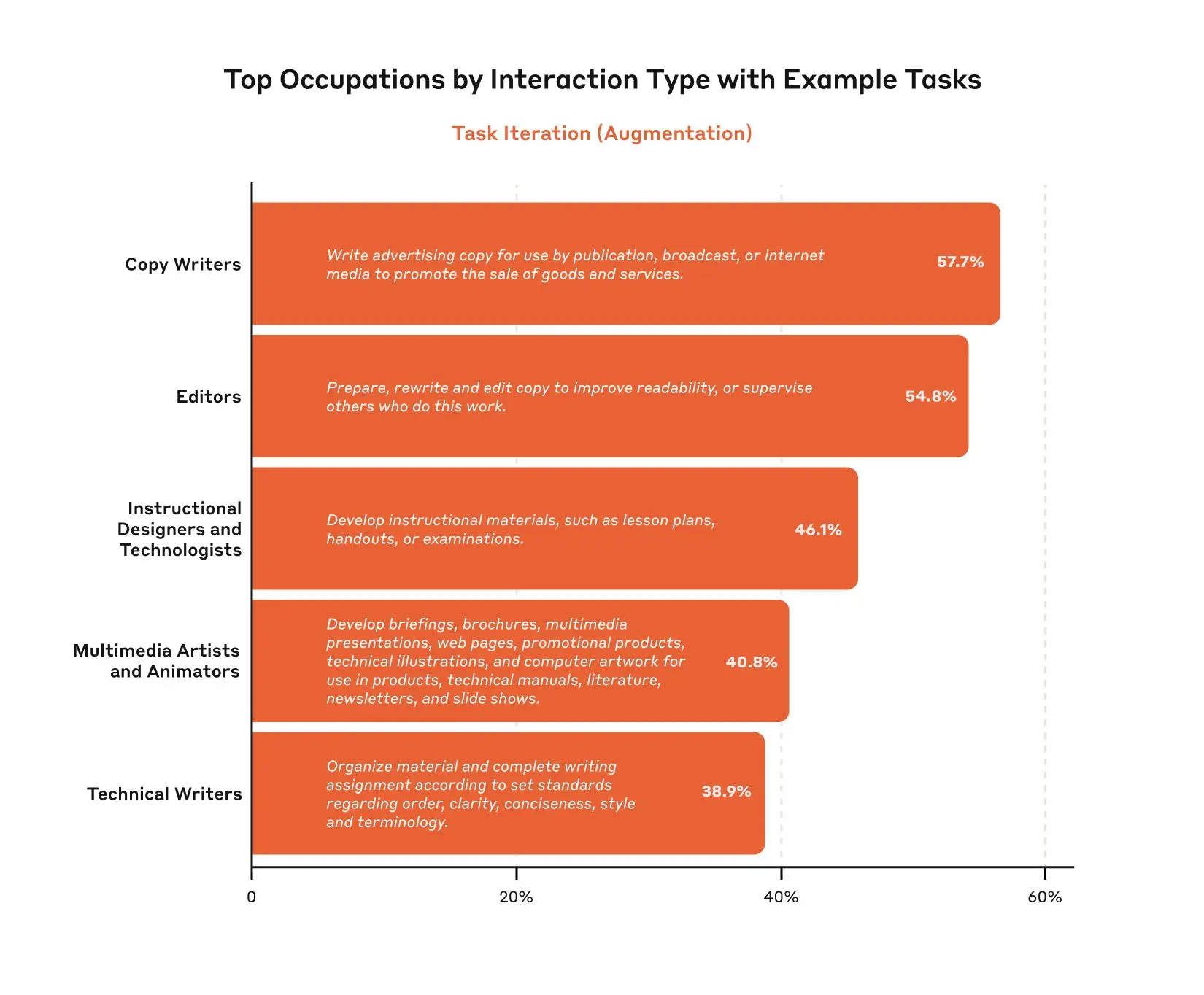
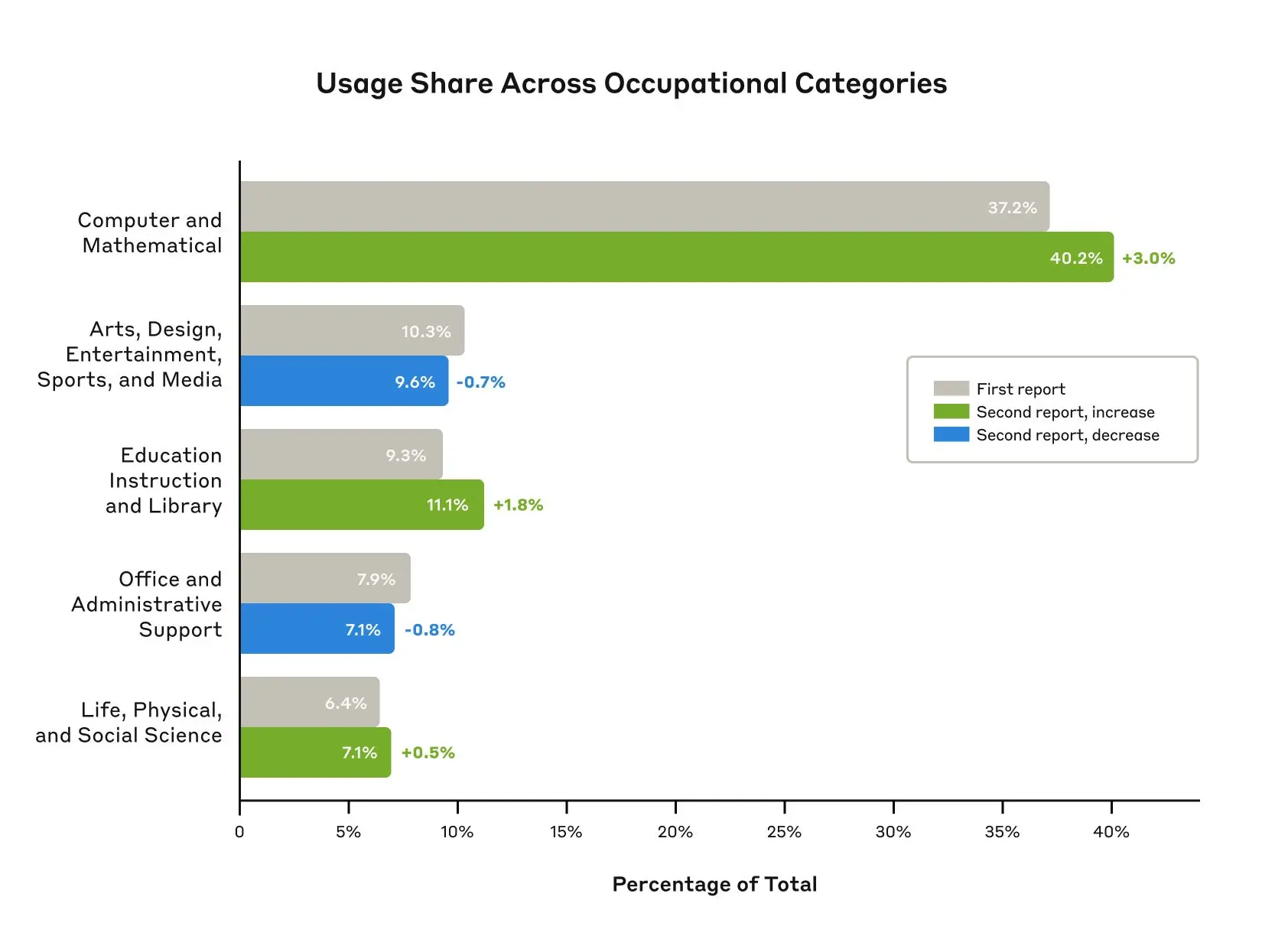
-
Segment Any Motion in Videos
https://github.com/nnanhuang/SegAnyMo
Overview of Our Pipeline. We take 2D tracks and depth maps generated by off-the-shelf models as input, which are then processed by a motion encoder to capture motion patterns, producing featured tracks. Next, we use tracks decoder that integrates DINO feature to decode the featured tracks by decoupling motion and semantic information and ultimately obtain the dynamic trajectories(a). Finally, using SAM2, we group dynamic tracks belonging to the same object and generate fine-grained moving object masks(b).

-
HoloPart -Generative 3D Models Part Amodal Segmentation
https://vast-ai-research.github.io/HoloPart
https://huggingface.co/VAST-AI/HoloPart
https://github.com/VAST-AI-Research/HoloPart
Applications:
– 3d printing segmentation
– texturing segmentation
– animation segmentation
– modeling segmentation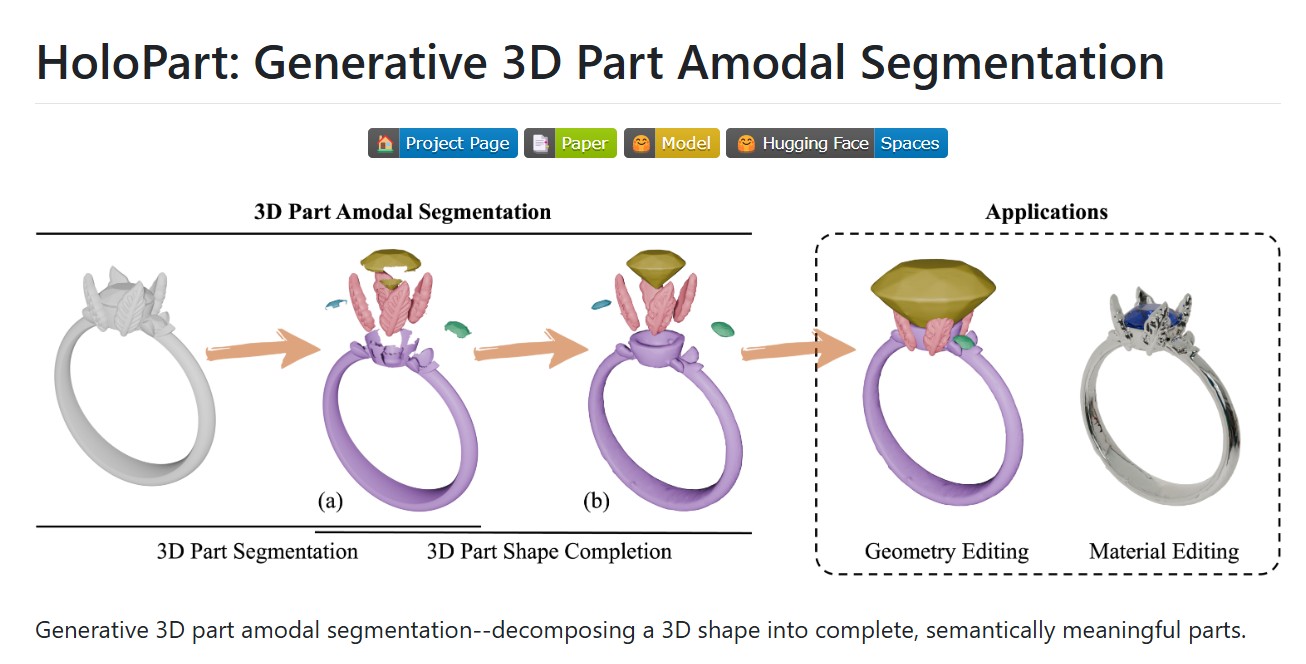
-
The Diary Of A CEO – A talk with Dr. Bessel Van Der Kolk described as “perhaps the most influential psychiatrist of the 21st century”
– Why traumatic memories are not like normal memories?
– What it was like working in a mental asylum.
– Does childhood trauma impact us permanently?
– Can yoga reverse deep past trauma?
FEATURED POSTS
-
The Perils of Technical Debt – Understanding Its Impact on Security, Usability, and Stability
In software development, “technical debt” is a term used to describe the accumulation of shortcuts, suboptimal solutions, and outdated code that occur as developers rush to meet deadlines or prioritize immediate goals over long-term maintainability. While this concept initially seems abstract, its consequences are concrete and can significantly affect the security, usability, and stability of software systems.
The Nature of Technical Debt
Technical debt arises when software engineers choose a less-than-ideal implementation in the interest of saving time or reducing upfront effort. Much like financial debt, these decisions come with an interest rate: over time, the cost of maintaining and updating the system increases, and more effort is required to fix problems that stem from earlier choices. In extreme cases, technical debt can slow development to a crawl, causing future updates or improvements to become far more difficult than they would have been with cleaner, more scalable code.
Impact on Security
One of the most significant threats posed by technical debt is the vulnerability it creates in terms of software security. Outdated code often lacks the latest security patches or is built on legacy systems that are no longer supported. Attackers can exploit these weaknesses, leading to data breaches, ransomware, or other forms of cybercrime. Furthermore, as systems grow more complex and the debt compounds, identifying and fixing vulnerabilities becomes increasingly challenging. Failing to address technical debt leaves an organization exposed to security risks that may only become apparent after a costly incident.
Impact on Usability
Technical debt also affects the user experience. Systems burdened by outdated code often become clunky and slow, leading to poor usability. Engineers may find themselves continuously patching minor issues rather than implementing larger, user-centric improvements. Over time, this results in a product that feels antiquated, is difficult to use, or lacks modern functionality. In a competitive market, poor usability can alienate users, causing a loss of confidence and driving them to alternative products or services.
Impact on Stability
Stability is another critical area impacted by technical debt. As developers add features or make updates to systems weighed down by previous quick fixes, they run the risk of introducing bugs or causing system crashes. The tangled, fragile nature of code laden with technical debt makes troubleshooting difficult and increases the likelihood of cascading failures. Over time, instability in the software can erode both the trust of users and the efficiency of the development team, as more resources are dedicated to resolving recurring issues rather than innovating or expanding the system’s capabilities.
The Long-Term Costs of Ignoring Technical Debt
While technical debt can provide short-term gains by speeding up initial development, the long-term costs are much higher. Unaddressed technical debt can lead to project delays, escalating maintenance costs, and an ever-widening gap between current code and modern best practices. The more technical debt accumulates, the harder and more expensive it becomes to address. For many companies, failing to pay down this debt eventually results in a critical juncture: either invest heavily in refactoring the codebase or face an expensive overhaul to rebuild from the ground up.
Conclusion
Technical debt is an unavoidable aspect of software development, but understanding its perils is essential for minimizing its impact on security, usability, and stability. By actively managing technical debt—whether through regular refactoring, code audits, or simply prioritizing long-term quality over short-term expedience—organizations can avoid the most dangerous consequences and ensure their software remains robust and reliable in an ever-changing technological landscape.
-
What Is The Resolution and view coverage Of The human Eye. And what distance is TV at best?
https://www.discovery.com/science/mexapixels-in-human-eye
About 576 megapixels for the entire field of view.
Consider a view in front of you that is 90 degrees by 90 degrees, like looking through an open window at a scene. The number of pixels would be:
90 degrees * 60 arc-minutes/degree * 1/0.3 * 90 * 60 * 1/0.3 = 324,000,000 pixels (324 megapixels).At any one moment, you actually do not perceive that many pixels, but your eye moves around the scene to see all the detail you want. But the human eye really sees a larger field of view, close to 180 degrees. Let’s be conservative and use 120 degrees for the field of view. Then we would see:
120 * 120 * 60 * 60 / (0.3 * 0.3) = 576 megapixels.
Or.
7 megapixels for the 2 degree focus arc… + 1 megapixel for the rest.
https://clarkvision.com/articles/eye-resolution.html
Details in the post





